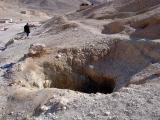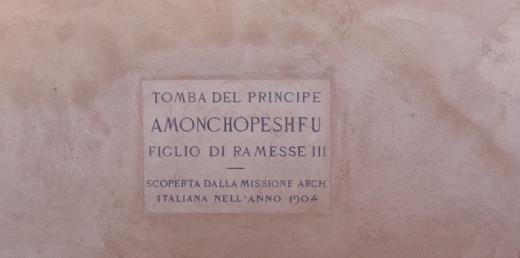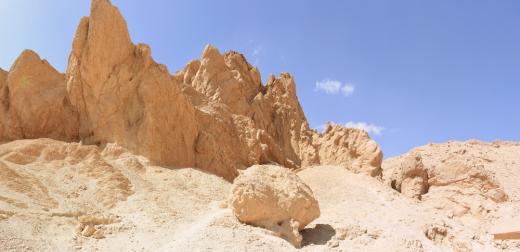QV 27
Anonymous*
About
About
QV 27 is a single-chambered tomb on the south side of the main Wadi's southwest branch and upslope from the retaining wall. It lies adjacent to the footpath that leads to the mountain. The shaft entrance is a large, eroded hole that leads to a small, irregular oval chamber. The chamber is mostly filled with debris and stones and is inaccessible. It is not known if there was any archaeological material within the tomb prior to its collapse in antiquity. Nevertheless, it has been dated to the 18th Dynasty.
Site History
The tomb was constructed in the 18th Dynasty and collapsed in antiquity.
Dating
This site was used during the following period(s):
Exploration
Conservation
Site Condition
Although it was impossible for the GCI-SCA team to assess the tomb chamber from the interior, the fractured and friable shaft and shallow overburden of the chamber appear to be unstable. The poor quality of shale into which the tomb is cut is the principal cause of deterioration. The tomb opening is also in a location susceptible to relatively large amounts of upslope runoff, which has likely contributed to filling the chamber with debris and further compromised the rock condition. Furthermore, there was no surround built that might have protected the opening from erosion at the time of the GCI-SCA assessment from 2006-2008. It has been recommended by the GCI-SCA that the tomb be reburied to stabilize the eroding shaft and protect it from flooding. As the chamber is already partially filled, reburial is a practical option and will further contribute to surface stability of the entire area.




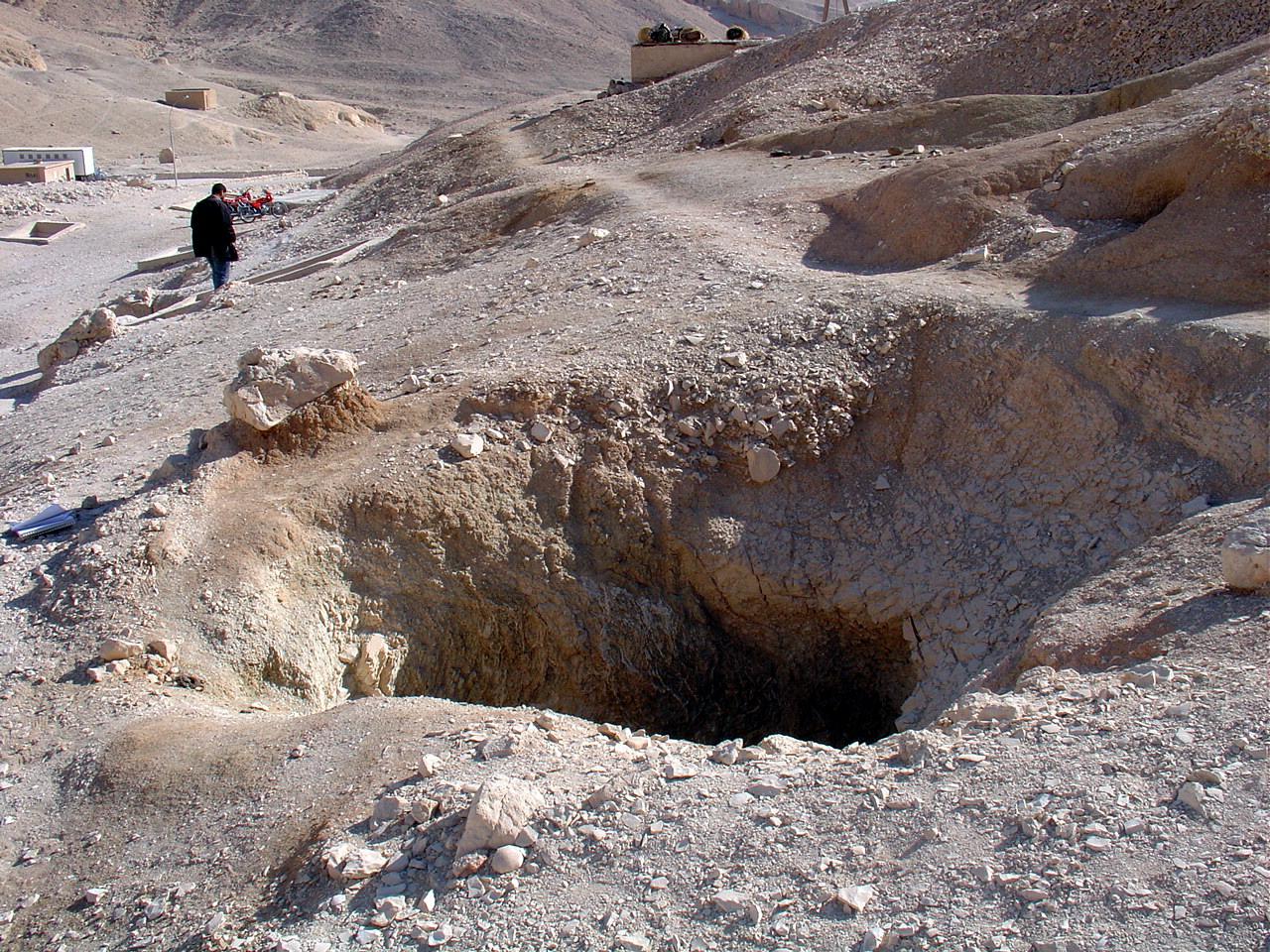
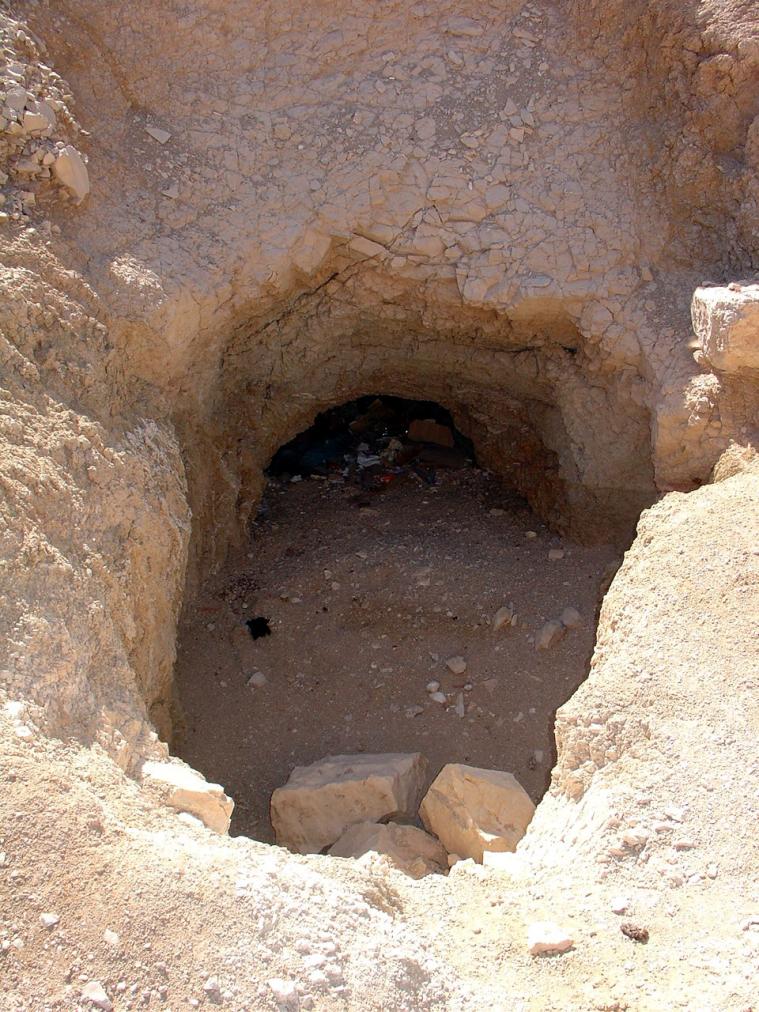
Articles
Tomb Numbering Systems in the Valley of the Queens and the Western Wadis
Geography and Geology of the Valley of the Queens and Western Wadis
Bibliography
Demas, Martha and Neville Agnew (eds). Valley of the Queens. Assessment Report. Los Angeles: The Getty Conservation Institute, 2012, 2016. Two vols.
Leblanc, Christian. Ta set nefrou: une nécropole de Thèbes-ouest et son histoire, 1: géographie- toponymie: historique de l'exploration scientifique du site. Cairo: Nubar Printing House, 1989.
Wilkinson, J. Gardner. Wilkinson MSS: [Egypt and Nubia between 1821-1831 and 1841- 42, 1848-9 and 1855]. Private Collection of Mrs. Godfrey Mosley, on loan to The Griffth Institute, Ashmolean Museum, Oxford, 1821-1855.





